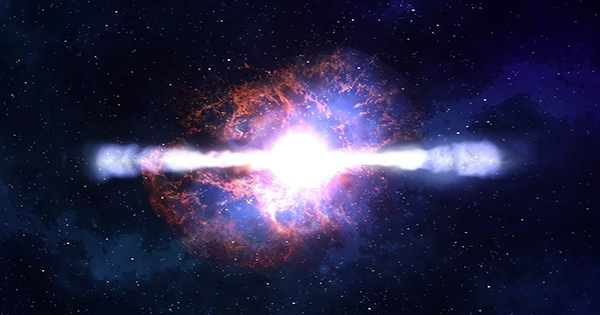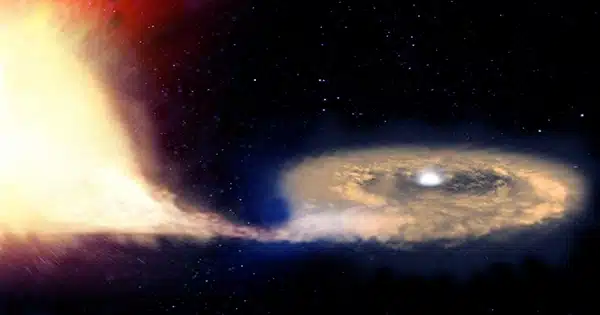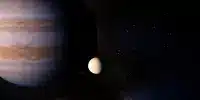Betelgeuse is one of the more well-known stars in the night sky, sitting on the shoulder of the constellation of Orion and having a notably reddish color. But it also undergoes some of the quickest changes. Chinese observers from three centuries earlier claim it was yellow, despite Ptolemy’s description of it as orange-tawny.
Betelgeuse was most recently identified by scientists as a red giant, a star that is close to dying. That indicated that Betelgeuse will supernova erupt at some point in the next few hundred thousand or million years. They also found that it pulsed, going through cycles of brightness and dimness that lasted anywhere from a few months to a few years.
Then things began to move swiftly. Betelgeuse abruptly faded in 2019 before resuming normalcy a few months later as inquisitive observers saw from a distance. Everyone was wondering if Betelgeuse was going to blow up. In the end, scientists came to the conclusion that Betelgeuse’s supernova was most likely tens or hundreds of thousands of years away and that the dimming was most likely caused by a dust cloud.

Stellar Explosion: Betelgeuse may be closer to blowing than previously believed, according to a new analysis of the data by Hideyuki Saio from Tohuko University in Japan and colleagues. “We conclude that Betelgeuse is in the late stages of core carbon burning, and a good candidate for the next Galactic supernova,” the authors write.
A little background first. Astronomy has extensively investigated the process through which stars evolve over the course of their lives. Typically, hydrogen and helium gas balls collapse into stars, causing hydrogen nuclei to fuse and release enormous amounts of energy. As long as the star has hydrogen fuel to support it, this energy warms the star, preventing further collapse.
But eventually, the hydrogen runs out, and the star starts fusing helium. As a result, the star enlarges, becoming redder, and finally starts to burn heavier substances like carbon, creating an iron core.
Due to its high stability, iron cannot combine with other elements to produce energy. As a result, when the star’s supply of carbon runs out, it explodes in a supernova to create a neutron star or, if it is huge enough, a black hole.
Betelgeuse is a supergiant red star near the conclusion of this sequence, and astronomers have long known that a supernova is likely. The crucial query is when.
Saio and company now claim that the star’s pulsation provides a significant hint. The star burns more during the pulsations, which are essentially vibrations and temporarily grows larger and brighter. However, as soon as the pressure wave subsides, the star’s burning rate returns to normal, causing the star to dim once more.
Pulsating Ending: These pulsations may be intricate, but precise measurements of them set significant bounds on the star’s mass and the nature of its internal fusion processes.
The model that Saio and his colleagues developed to recreate Betelgeuse’s pulsations, they claim, offers novel information into the star’s internal condition. These pulses take place over periods of 2200, 420, 230, and 185 days. Additionally, the scientists used computer simulation to determine the light that such a star would emit. They claim that it is an identical match to Betelgeuse’s light, which has a radius that is roughly 1300 times that of the Sun.
Betelgeuse can only pulsate in this manner if it is near the conclusion of its carbon-burning phase. That indicates that the center of this star will collapse soon, followed by an explosion. In a few tens of years, they predict, “a core-collapse leading to a supernova explosion is expected after carbon is exhausted in the core.”
If it blows, Betelgeuse will emerge as the night sky’s brightest star, making it one of the most amazing and stunning natural happenings in recorded history. Astronomers think it is too far away to endanger life on Earth, though.
Betelgeuse has recently brightened by 50% and has started acting strangely once more. Astronomers are closely observing this unusual star because they are curious to learn whether it is a supernova in the making or just a prelude to one.














